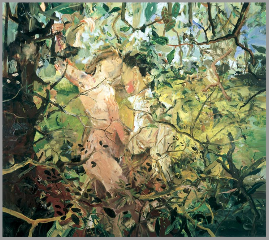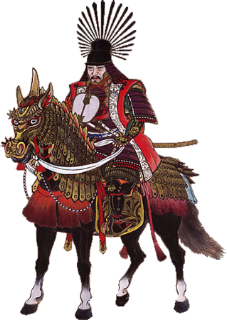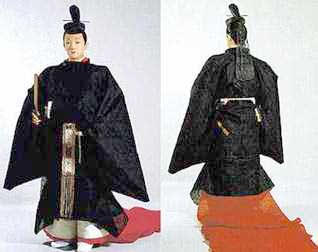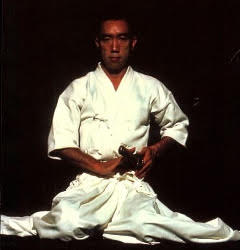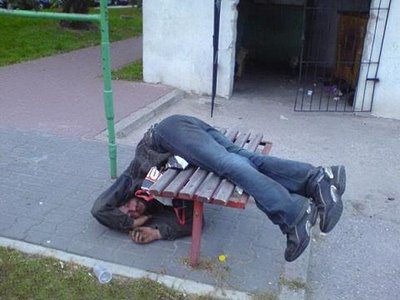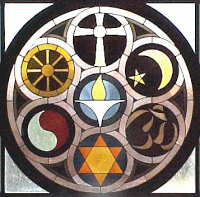Hagakure (#3)
Japan’s first “Separation of Church and State” long cherished by Americans was accomplished by its first Shogun, (“the barbarian suppressing Commander in Chief”) Yoritomo Minamoto who let the Emperor preside over religious matters in Kyoto while he moved the government, the first meritocracy, to Kamakura where he set the stage for the flourishing of Zen and the Martial Arts.
A Prescription for Murder (#2)
A day of enjoyable sailing ends with the bad news of Agnes Celine’s death and the worse news that Karen Breiton is suspected of having caused her death. Karen has stumbled into someone’s trap. But who or why or what the event will have on her professional reputation are questions only a Mexican police detective can answer.
Hagakure (#2)
All great movements have a beginning which fulfills a need. Peasants, being given no armor or weapons when they were sent into battle, had to copy the “attack and defend” techniques of birds, insects, and animals. This became the beginning of Karate. In Part 2 of her Commentary on the Hagakure, Ming Zhen Shakya discusses how shifts in imperial power forced noble sons into the hinterlands where they became “servants” (samurai) of brutish warlords. They shed the foppishness of fashion and brought the ethos of unflinching loyalty to one’s lord, and this, mingled with the mastery of horse and weapon and the disciplines of Buddhist Meditation and weaponless fighting, became the root which had yet to send its stem up into the political world. This root would gather such strength that when it did break ground, it would define a civilization.
A Prescription for Murder (#1)
A Phoenix cardiologist is the perfect choice to be framed for murder. She believes, as do all unenlightened souls, that she needs the society of other people. What she needs to learn is not to have friends, but to be friendly to everyone. But that spiritual state is a long way from where she finds herself. She distrusts Mexico’s legal system and she trusts friends from home who are known as reputable persons of integrity. Her misjudgments are now her biggest problems.
Hagakure (#1)
Few writers have been so prolific and so eloquent in their love of their country’s traditions as world-class author Yukio Mishima. In Part I of her Commentary on the Hagakure, Ming Zhen Shakya discusses Mishima’s obsession with the Samurai ethic. An expert swordsman, he planned meticulously for his death by hara kiri, but nothing about his final day went as planned; and his death became a travesty of a Samurai’s heroic demise.
The Money Lender (#8)
The Blumenthals reach the limit of desperation as they seek to stop Harold’s conversion and get his wedding to Rebecca annulled. Stella is held captive. Harold’s new friendship with Rabbi Cohen quickly bears fruit. Harold, wondering what he will do with his life, sees the possibilities of converting his ranch to a “Mystic’s Motel and teaching center.” Rabbi Cohen has inspired him to extend spiritual guidance and refuge to others as he, Harold, has found it himself.
Hagakure (#0)
The Zen Buddhist Order of Hsu Yun is proud to reprint Ming Zhen Shakya’s series on the Hagakure, an account of Samurai life in seventeenth century Japan. In this introduction to the ten part series, Shi Ming Zhen tells us how “Hidden by the Leaves” i.e., The Hagakure, came into being and compares Samurai and Zen’s Spiritual disciplines.

